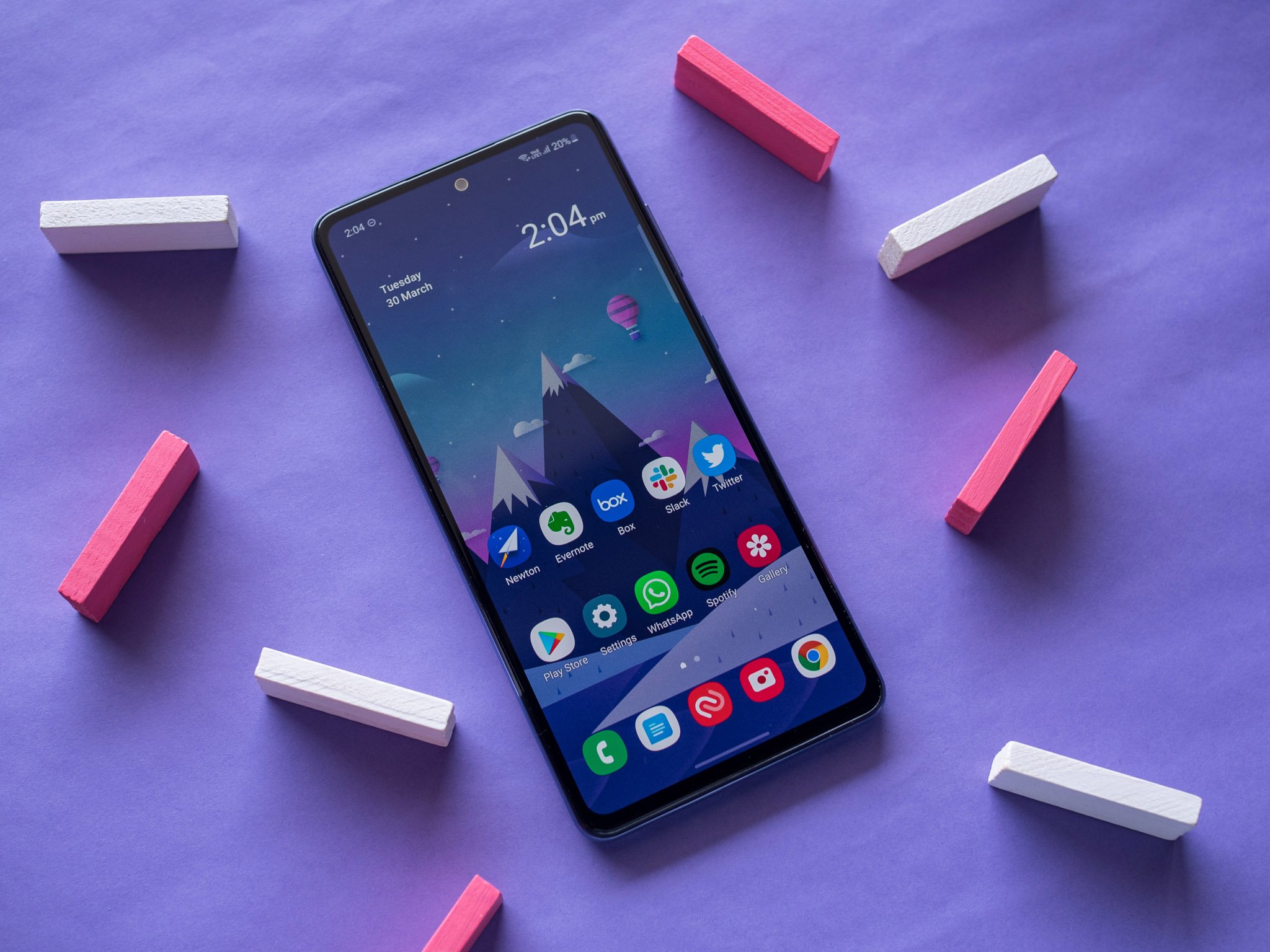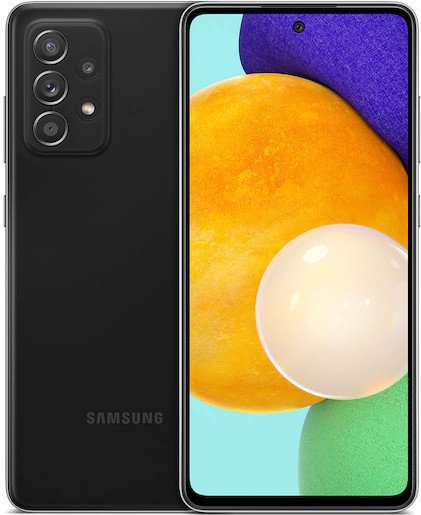How to transfer data from your old Android phone to your new one
When it's time to switch from your older Android phone to a new one, you'll want to make sure all of your data makes its way across safely. Thankfully, Google makes it extremely convenient to migrate your texts, call logs, contacts, music, and photos over to your new phone seamlessly.
How to back up data on your old Android phoneYou'll need to make sure that all the relevant data on your old phone is backed up to the cloud before you make the switch to your new phone. Google automatically backs up contacts, call logs, texts, and settings - including Do Not Disturb details - to Google Drive, so you'll be able to restore all that data to your new phone just by logging in with your Google account during initial configuration.
Best of all, the data that's automatically backed up by Google doesn't count toward your 15GB free Drive storage quota, so you don't have to worry about running out of storage. The feature backs up call history, app data, contacts, device and home screen settings, and text messages. So before you switch to a new phone, it makes sense to see if this data is already on the cloud.
Note: I'm using a OnePlus phone for reference, but the steps outlined below will be the same for all Android phones running Android 7.0 Nougat and above. You can always search for backup in the settings search bar to find the option.
- Open Settings from the app drawer or home screen.
- Scroll down to the bottom of the page.
Go to the System menu.
- Tap Backup.
- Make sure the toggle for Back up to Google Drive is set to On.
Hit Back up now to sync the latest data on the phone with Google Drive.
Pro tip: Go to contacts.google.com to see if all the contacts from your previous phone migrated to your Google account. The contacts that you see on this page will be the ones that show up on your new phone.
Once the data is backed up, you can get started with setting up your new phone. Before we do that, however, let's make sure your photos and videos are being backed up to Google Photos.
How to transfer photos and videos to your new Android phoneGoogle Photos is an outstanding service for backing up photos and videos. It seamlessly backs up data, has granular sharing controls, and uses on-device machine learning to automatically group faces. You can save your photos and videos at Original quality - the quality at which they were taken - or select High quality, which retains the same level of detail while cutting down on the size.
This is a good option to consider as Photos doesn't offer unlimited uploads anymore; once you run out of storage, you will have to buy a Google One plan. That said, it is the best way to back up photos and videos from your Android phone. As the data is backed up to the cloud, you'll be able to access your photos and videos from your new phone and on the web. If you haven't set up Photos yet, here's how to get started.
- Open Photos from the app drawer or home screen.
- Select the hamburger menu (three horizontal lines) from the top left of the screen.
Tap Settings.
- Select Backup & sync.
- Make sure the toggle for Back up & sync is set to On.
Ensure that the Backup mode is set to High quality.
That's all there is to it. Once your photos and videos are safely backed up to Google Photos, you can get started with setting up your new phone.
How to restore data and settings to your new Android phoneYou've unboxed your new phone and are ready to set it up. There are a few ways to restore data from your older device, and here I'm highlighting the option that has worked best for me over the years (I switch phones once every two weeks, so I know what I'm talking about). You'll need your old phone for this, so make sure you don't reset the data just yet. At this point, you should switch the SIM card over to the new phone. Let's get started.
- Select your device language and hit Start on the welcome page.
- Select your home Wi-Fi network and sign in.
Hit Next at the Copy apps & data screen to begin migrating data from your old phone.
- At the Bring your data from ... page, select A backup from an Android phone.
- The next page offers instructions on how to restore data. Hit Next to start the data migration.
Hit Next once again here. I'll have detailed instructions on setting things up on your old phone down below.
You'll see your phone's model number highlighted on the Verify your phone page. Stay at this page and grab your old phone. You'll now need to authorize data transfer from your old phone so that texts, calls, and relevant data can migrate seamlessly to the new device. Here's what you need to do on the old phone:
- Open Settings from the app drawer or home screen.
- Navigate to the Google tab.
Select Set up & restore.
- Choose Set up nearby device.
- Hit Next at the Getting started page.
Your phone will now search for nearby devices. You can then verify the patterns and numbers on both devices and hit Next to continue.
- Hit Next to confirm the screen lock on your old phone.
- Choose Copy at the Copy to your new device? page to copy data to your new phone.
You'll see a Copying your account progress bar at this point. Once you see this, switch back to your new phone.
You'll be able to see a sign-in window for all the Google accounts registered on your older device. Because you set up direct data transfer, you won't need to enter two-factor authentication when signing in using this method. So don't fret if you do not see the two-factor dialog box; that is normal behavior. Should both phones lose connectivity at any point during the restore, just start over.
- Sign in to your Google account.
- Confirm the screen lock of your old phone to authenticate the data transfer.
You'll now arrive at the Choose what to restore page. If you want everything from your old phone transferred to the new one, leave all the settings as is and select Restore.
- If you don't want to install all the apps, just hit the Apps setting.
- Choose from the list all the apps you'd like to install on your phone.
Hit Restore to start installing data on your new phone. You should see a confirmation message of the same.
After selecting the restore options, you'll be able to choose whether to back up data and use location automatically at the Google services page. After selecting the services, you can set up a PIN to use face unlock and fingerprint authentication.
After configuring biometric authentication, the rest of the options will vary by manufacturer, and you can easily follow along with the on-screen instructions. The best part with a cloud restore is that even your home screen is preserved. That includes the background and the app layout so that you can get started on your new phone without any additional setup.
That's all there is to it. Once setup is finished and you get to the home screen, you'll see the Play Store running in the background and restoring data from your old phone. This can take up to an hour based on the amount of content installed on your old phone and your internet connection, so you can let that run while configuring the rest of the settings on your new phone.
Mid-range kingSamsung Galaxy A52 5G - Black$431 at Amazon$400 at Best Buy$400 at Samsung
The ideal mid-range phone
The Galaxy A52 has all the features you're looking for in a phone: there's an AMOLED screen with a 120Hz refresh rate, reliable internal hardware that is great for day-to-day tasks and gaming, cameras that take stellar photos, all-day battery life with fast charging, and 5G connectivity.












